On 21 May, the Cool Heating Coalition signed a position paper by ECOS calling for future-proof and interoperable demand-side flexibility. The position paper calls on the European Commission to set the necessary legislative framework to ensure all relevant devices adhere to the best communication standard between devices and energy management systems.
Electrification is one of the foremost strategies for reducing CO2 emissions from energy, driven by devices such as heat pumps. The increased use of devices that rely on electricity will put stress on our grids, and risk overloading them at peak times. Some countries are already facing this problem. To insulate ourselves against frequent grid overload, we need to synchronise our electricity use with its availability on the grid. This is where demand-side flexibility comes in: we can set up devices such as electric vehicle (EV) batteries to time their consumption when solar energy is available. Heat pumps can also heat water when renewable energy is plentiful and turn off when it is scarce. This can also help consumers reduce their bills by ensuring devices consume electricity when it is most available on the grid – and thus at the lowest cost.
To achieve flexibility in our use of electricity, electronic devices must be able to communicate with an energy management system (EMS). While the European Commission has developed a Code of Conduct for Smart Energy Appliances, adherence to the code by manufacturers remains voluntary. Additionally, the code leaves out devices with huge potential for flexible energy use (EV chargers, home batteries, and PV inverters) and does not encourage the implementation of a future-proof communication standard between devices and the energy management system.
The best way to ensure that devices communicate their flexibility potential to a central EMS in a future-proof way is the adoption of the S2 Standard. The S2 standard will ensure that all relevant devices speak the same “language” as the EMS regardless of their brand, managing electricity consumption without interfering with the internal working of devices.

